STRATEGY UNPACKED: Bernie Collins dissects the red flag dilemma facing the teams in Melbourne
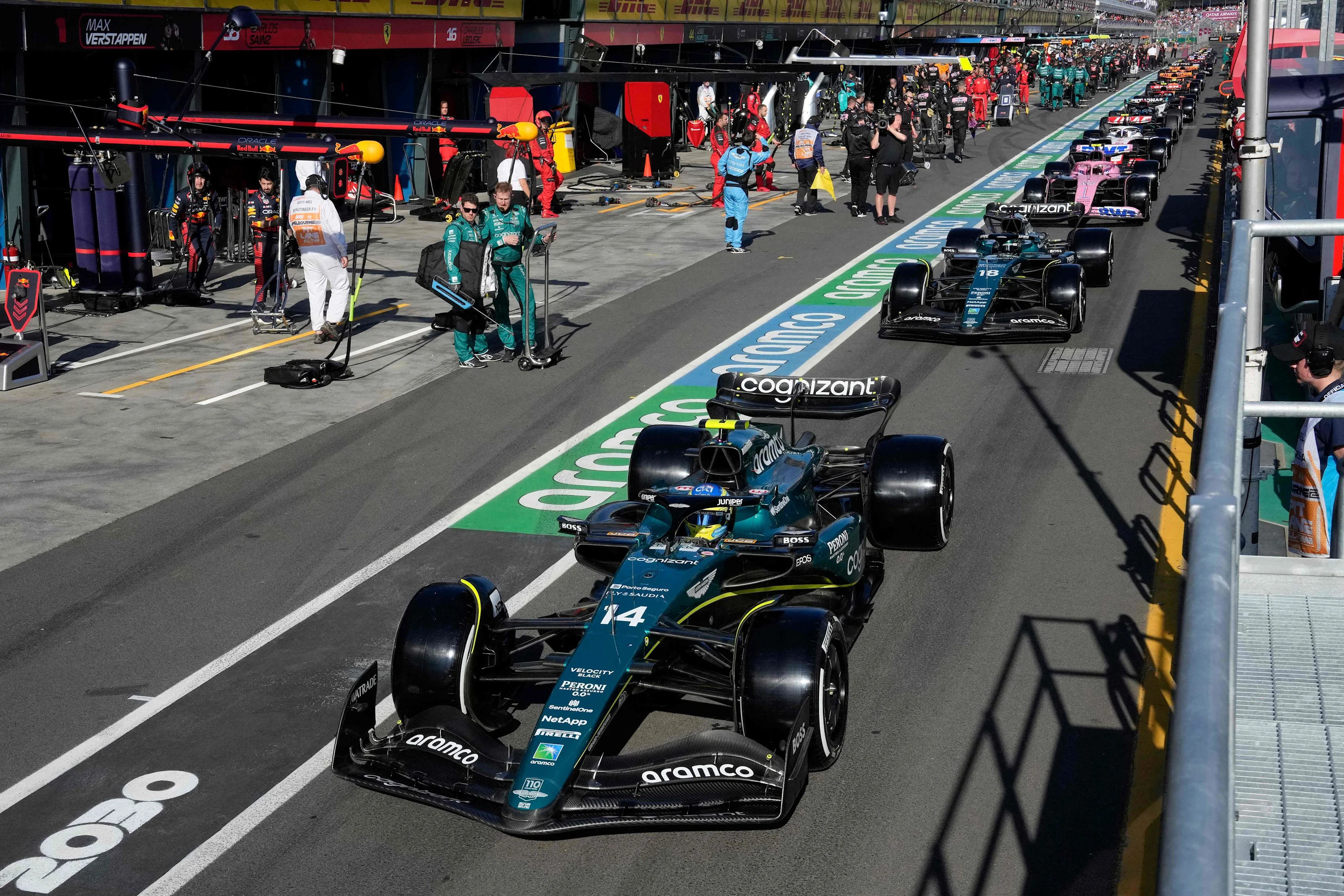
Safety Cars and red flag stoppages characterised the 2023 Australian Grand Prix. How did teams react and why? Who won and lost? The optimum strategy pre-race was believed to a one-stop strategy using the medium and hard tyres. However, rain during FP2 meant that teams did not have the good read on tyre performance…
Albon’s crash on Lap 7 at Turn 7 provided a big decision for the teams. Should they stop at this Safety Car and fit a hard tyre? That would save them stopping again before the end of the race. The Safety Car saves around 6s compared to a normal pit stop as the cars that remain on track are forced to drive move slowly, while the speed of a car through the pit lane is unaffected compared to a stop under green flag conditions.
Next Up
Related Articles
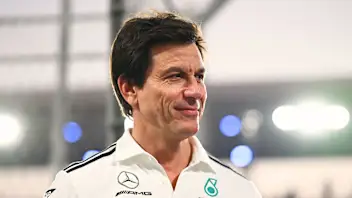 Wolff calls Abu Dhabi ‘mediocre’ but ‘pleased’ to finish P2
Wolff calls Abu Dhabi ‘mediocre’ but ‘pleased’ to finish P2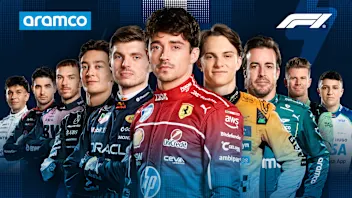 Power RankingsWho dazzled our judges at the finale in Abu Dhabi?
Power RankingsWho dazzled our judges at the finale in Abu Dhabi? Norris collects World Championship trophy at FIA Awards
Norris collects World Championship trophy at FIA Awards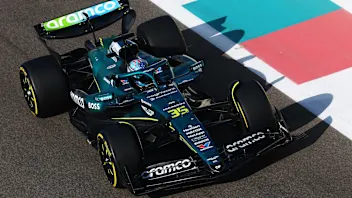 Crawford sets the pace at Abu Dhabi post-season test
Crawford sets the pace at Abu Dhabi post-season test/Untitled-10.webp) Bottas embarks on first day as a Cadillac driver
Bottas embarks on first day as a Cadillac driver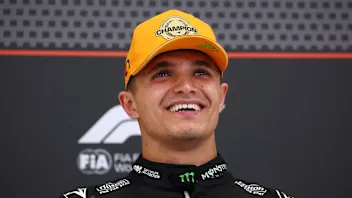 Norris hopes title win doesn’t change him as a driver
Norris hopes title win doesn’t change him as a driver
